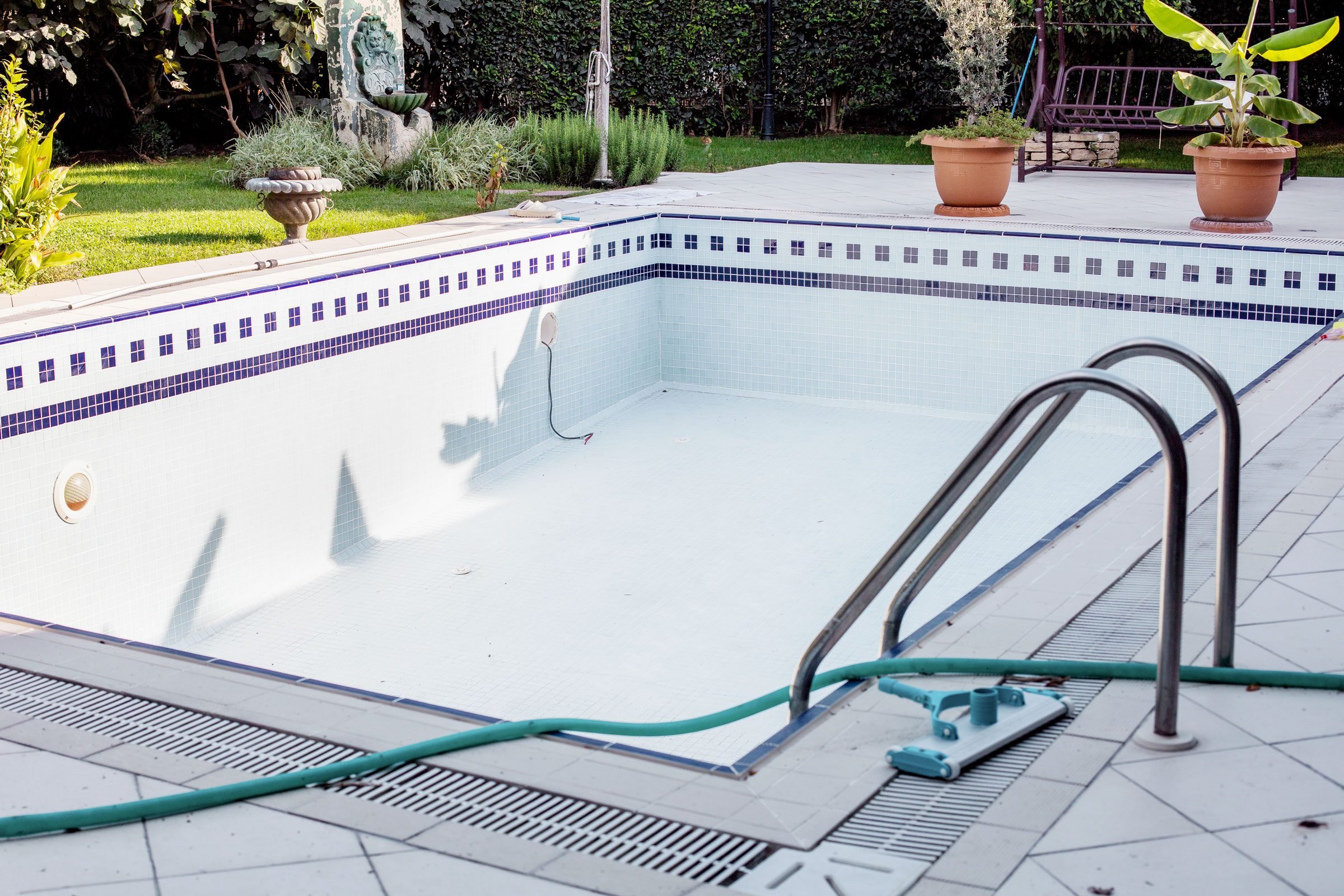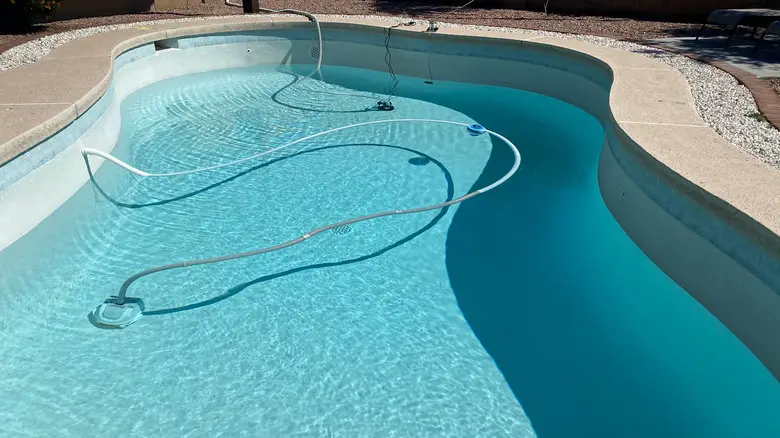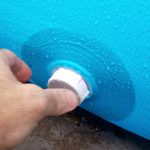Are you a proud owner of an inground pool? Perhaps you are planning to clean or maintain it, and draining the pool is on your to-do list. Draining an inground pool properly is essential to ensure it remains in pristine condition and operates efficiently. In this article, we will discuss the step-by-step process of how to drain an inground pool.
Step 1: Ensure Safety Measures
Prior to draining your inground pool, safety should be your top priority. Make sure you have the necessary equipment such as gloves, goggles, and sturdy footwear. Furthermore, locate the main power supply and turn off all electrical connections to avoid any accidents.
Step 2: Check Local Regulations
Before proceeding with draining your inground pool, it is crucial to check your local regulations. Some areas may have specific rules and guidelines regarding pool draining. Ensure you comply with all legal requirements to avoid any fines or penalties.
Step 3: Determine the Draining Method
Next, decide on the draining method that suits your needs. There are two main options:
- Using a Submersible Pump: This method involves using a submersible pump to drain the water from the pool. Place the pump at the deepest point to ensure efficient drainage.
- Using the Pool Filter System: Alternatively, you can utilize the pool’s filter system to drain the water. Switch the system to “Waste” mode, which directs the water out instead of filtering it.

Credit: www.instructables.com
Step 4: Choose the Disposal Method
Decide on how you will dispose of the drained water. Depending on local regulations, you may be able to redirect the water to your lawn or garden. Alternatively, contact your local water authority for guidance on proper wastewater disposal.
Step 5: Remove Debris and Clean the Pool
As the water level reduces, remove any debris such as leaves, twigs, or insects that may have accumulated in your pool. This is also an opportune time to clean the pool walls and floor thoroughly using appropriate brushes and cleaning solutions.
Step 6: Refill Your Pool
After the pool is completely drained and cleaned, it’s time to refill it. Ensure you use clean, filtered water and monitor the water level while refilling. Relying on a hose with a built-in timer can help prevent overflows.
Step 7: Test Water Chemistry
Once the pool is refilled, test the water chemistry to ensure it is balanced. Properly balanced water is vital for maintaining the longevity of your pool and providing a safe swimming environment. Consider using a pool testing kit or consult a professional if needed.

Credit: www.familyhandyman.com
Step 8: Start Pool Equipment
Once the pool is filled and the water chemistry is balanced, you can safely turn on all the pool equipment, including the pump, filter, and heater. Monitor the equipment and note any issues that may arise during the startup process.
Step 9: Regular Maintenance
Maintaining your inground pool’s water quality and equipment is crucial for its longevity. Establish a regular maintenance routine that includes cleaning, chemical balancing, and inspecting the pool and equipment for any signs of wear or damage.
Conclusion
Draining an inground pool is an essential part of its maintenance routine. By following the step-by-step process outlined in this article, you can ensure a safe and thorough drain. Remember to prioritize safety, comply with local regulations, and maintain the water’s chemistry after refilling. Regular maintenance will keep your pool in optimal condition for years of enjoyment!





